What Does the Color Violet Mean in a Dream?
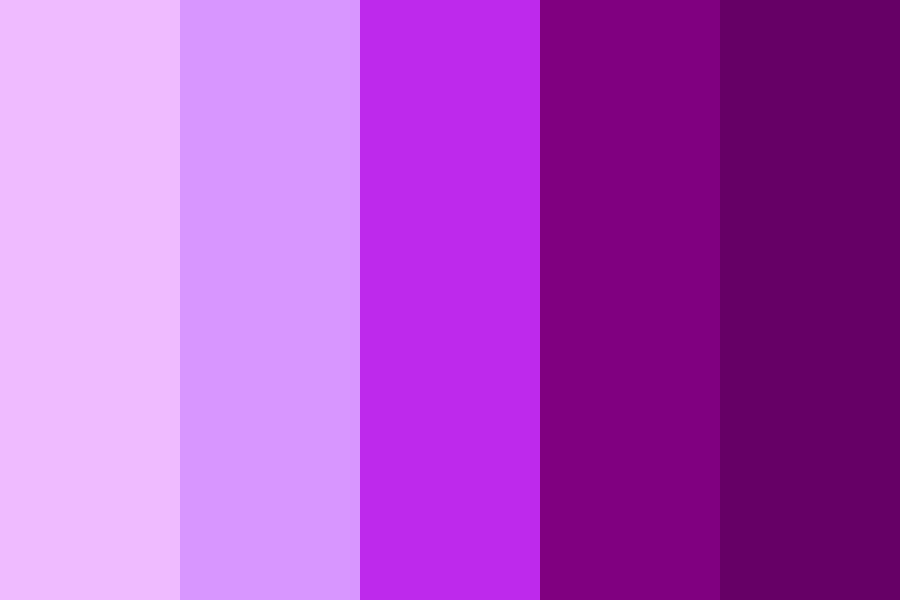
Violet, a color that sits at the edge of the visible spectrum, has long been associated with spirituality, creativity, and altered states of consciousness. From its effects on neurobiology to its rich symbolic significance across cultures and religions, violet invites us to explore the frontiers of human perception and experience. In this article, we’ll delve into the science and symbolism of violet, examining how this enigmatic hue relates to Jungian psychology, dreams, and personal transformation.
When violet appears in dreams, it often signifies a convergence of the mystical and the psychological, representing a bridge between the known and the unknown. This color merges the stabilizing depth of blue with the fiery energy of red, creating a symbolic space for spiritual insight, transformation, and deep introspection. Violet frequently suggests a calling toward higher consciousness, intuition, or the integration of opposites within the psyche.
From a Jungian perspective, violet may represent the individuation process, where the ego transcends its limitations and encounters the Self. It is often associated with wisdom, mystery, and the sacred, appearing in dreams as a portal to the unconscious or a guide to hidden knowledge. Violet can indicate an encounter with archetypal figures such as the Wise Old Man, the Crone, or the Mystic, reflecting a stage of psychological maturation.
Dreams featuring violet often include celestial imagery, twilight landscapes, or sacred objects such as amulets, robes, or flowers, all suggesting transcendence and initiation. It may symbolize a period of deep personal reflection, an awakening to new dimensions of being, or an encounter with the numinous. If violet appears in clothing or personal objects, it may indicate a desire to embody wisdom, express individuality, or seek solitude for inner exploration.
Conversely, in a negative context, violet can indicate feelings of isolation, alienation, or an overwhelming sense of existential mystery. It may suggest an overemphasis on intellectual or spiritual pursuits at the expense of grounding and practicality. Dreams of violet can invite reflection on how one balances the material and the ethereal, ensuring that spiritual insight is integrated into daily life rather than becoming a means of escape.
The Somatic Associations of Violet
Violet’s physiological impact is often subtle yet profound, influencing states of relaxation, introspection, and dreamlike consciousness. It is associated with the activation of the parasympathetic nervous system, promoting a sense of calm and inner stillness while also stimulating higher cognitive and spiritual functions.
Violet is often experienced in the body as a cooling, expansive force, linked to deep breathing, meditative awareness, and a sense of spaciousness in the mind. It is connected to the pineal gland, which regulates sleep and dream cycles, and can facilitate access to altered states of consciousness. This aligns with its symbolic association with the mystical and the transcendent, as it encourages deep thought and spiritual attunement.
In somatic therapies, violet is used to support meditation, intuitive work, and emotional integration. It can help individuals connect with unconscious material, enhancing dream recall and creative inspiration. However, excessive exposure to violet—whether in the form of lighting, clothing, or visualization—can sometimes lead to dissociation, lethargy, or a feeling of being disconnected from reality, reflecting the challenge of maintaining balance between the mystical and the mundane.
In chakra-based traditions, violet is linked to the crown chakra, the center of spiritual awareness and unity with the cosmos. When balanced, it fosters a sense of peace, enlightenment, and connection to a larger whole. If imbalanced, however, violet may manifest somatically as headaches, dizziness, or feelings of disorientation, indicating a need for grounding and integration.
By consciously engaging with violet through meditation, artistic expression, or mindful contemplation, individuals can harness its potential for inner wisdom and transformation. Understanding its somatic effects allows for a deeper, more embodied experience of intuition and insight, making it a powerful ally in both personal and therapeutic work.
The Meaning of Green in Dreams
When green appears in dreams, it often symbolizes growth, renewal, and the natural cycles of life. This color is deeply connected to the rhythms of nature, representing healing, balance, and the flourishing of potential. Green suggests a state of harmony with oneself and the environment, signaling a time of regeneration, emotional equilibrium, or new beginnings.
From a Jungian perspective, green may embody the archetype of the Great Mother, symbolizing fertility, protection, and the life-giving forces of the unconscious. It is also linked to the process of individuation, where the dreamer moves toward a more integrated and holistic sense of self. Green may emerge in dreams as lush landscapes, forests, or fields, all suggesting a connection to nature and personal renewal.
Dreams featuring green often involve themes of healing, whether through physical, emotional, or spiritual means. The presence of green in the form of clothing, plants, or light may indicate a need to embrace self-care, nurture relationships, or cultivate patience as one undergoes a process of inner growth. It can also represent prosperity, abundance, and the unfolding of new possibilities.
Conversely, in a negative dream context, green may symbolize stagnation, envy, or unresolved emotional wounds. A dull or sickly green might indicate toxicity, imbalance, or the need for detoxification on a psychological or physical level. Dreams of green can serve as an invitation to reflect on whether one is growing in a healthy, sustainable way or if certain aspects of life require tending and nourishment.
The Neurobiology of Violet:
Recent research suggests that violet light may have unique effects on the brain, particularly in areas associated with spiritual experiences, self-transcendence, and altered states of consciousness. One key region of interest is the anterior cingulate cortex (ACC), part of the brain’s default mode network (DMN). The ACC is involved in self-referential processing, emotional regulation, and experiences of unity and connectedness (Brewer et al., 2011).
Studies using fMRI have found that practices like meditation, which can induce spiritual states, increase activation and connectivity in the ACC and DMN (Brewer et al., 2011). While the specific effects of violet light on these brain regions are still being explored, there is speculation that violet’s high frequency oscillations may help entrain neural activity in the ACC and facilitate state changes.
Violet light has also been linked to the pineal gland, a small endocrine gland in the epithalamus that produces melatonin. The pineal gland contains photoreceptors sensitive to violet light and has been a focus of speculative research into consciousness and altered states, famously by psychiatrist Rick Strassman who proposed it may produce trace amounts of the psychedelic compound DMT (Strassman, 2001). While these ideas remain controversial, the pineal gland seems to play some role in regulating circadian rhythms and modulating conscious states.
The photobiomodulation effects of violet and near-ultraviolet light on mitochondrial function, energy metabolism, and intercellular signaling may also induce systemic changes that affect neurological function and subjective experience (Sommer, 2019). Exposure to high frequency light seems to upregulate cell repair processes and stimulate the production of key neurotransmitters and neuromodulators involved in arousal, memory, mood and expanded states of awareness.
Quantitative EEG (qEEG) studies have found associations between peak experiences of meditative unity and increased high frequency gamma synchrony (35-50 Hz), particularly in posterior and central regions (Cahn et al., 2010). Gamma is believed to facilitate the binding of distributed neural processes into unified, coherent perceptions. Contemplative traditions have practices involving violet light visualization to activate the “crown chakra” and induce spiritual awakenings, which may have some basis in stimulating gamma entrainment.
So while our understanding of the neurobiology of violet and spirituality is still developing, this high frequency light seems to engage key brain networks, neurotransmitter systems, and electrophysiological patterns involved in transcendent states and self-expansive experiences. The hard problem, of course, lies in translating these objective neural correlates into the subjective qualia and phenomenology of consciousness.
The Symbolism of Violet:
Violet’s position at the threshold of visibility also gives it a symbolic resonance with liminal states and spiritual transformation. It’s the boundary between light and darkness, the known and unknown. In color psychology, violet is associated with imagination, dreams, and the unconscious (Azeemi & Raza, 2005). It’s the color of dusk and dawn, death and rebirth, the material and the immaterial.
In Jungian psychology, violet can represent the union of opposites, the integration of conscious and unconscious, and the wholeness of the Self. It’s the royal marriage of red and blue, instinct and intellect, earth and sky. Violet evokes the archetype of the magician or the mystic who can travel between worlds and transmute base reality into gold.
As a secondary color that doesn’t exist in the rainbow, violet has an almost otherworldly quality. It’s not quite real, hinting at dimensions beyond ordinary perception. Visionary artists and psychedelic explorers often report encountering violet hues in their altered state experiences, from the “violet hour” of psychonaut Terence McKenna to the magenta phantoms of Ayahuasca shamanism.
In dreams, violet can symbolize spirituality, intuition, and mystical insight. A violet object might represent a bridge to higher consciousness or a call to bring creative inspiration into material form. But violet can also signify the shadow side of spirituality – escapism, delusion, and getting lost in abstractions. Excessive violet in a dream could be a warning against spiritual bypassing or losing touch with earthly reality.
Violet in World Religions:
Violet and purple have a long history of sacred and royal associations. In ancient Egypt, violet was the color of Amen-Ra, the king of gods, and was used in the death masks of pharaohs to represent their divinity. In the Greek cult of Dionysus, violet signified ecstatic intoxication and liberation from the constraints of the ego.
In Judaism, violet is one of the ritual colors of the Tabernacle and the priestly robes, symbolizing holiness and consecration. Early Christian art depicted Christ wearing violet, the royal color, to signal his sovereignty over heaven and earth. In Eastern Orthodox Christianity, Jesus is sometimes shown in violet after the resurrection, having united his divine and human natures.
In Hinduism, violet is associated with the crown chakra, Sahasrara, the thousand-petaled lotus of pure consciousness. Deities like Krishna, Shiva and Kali are depicted with violet or blue skin tones, representing the infinite expanse of eternal being. Violet is also a color of mourning in Hinduism, worn by widows to symbolize the loss of the physical and detachment from worldly life.
In Buddhism, the violet ring around the Buddha’s head represents the aura of the awakened being and the all-encompassing wisdom of enlightenment. Violet is also associated with the Buddha Amitabha, the Buddha of the Western Paradise, who vowed to liberate all sentient beings from the cycle of death and rebirth.
In Islam, violet is a sacred color often used in mosque decoration and Sufi art to evoke the mystery and majesty of the divine. The Prophet Muhammad is said to have worn a violet cloak during his night journey to the seven heavens. In Islamic mysticism, violet symbolizes the highest spiritual states and the dissolution of the self in divine unity.
Violet as a Symbol of Transcendence:
In all these traditions, violet serves as a symbolic bridge between the mundane and the transcendent, the finite and the infinite. It’s the color of the mystic, the visionary, and the dreamer who dares to venture beyond the boundaries of consensual reality.
In Jungian terms, violet can represent the archetype of the Self, the transpersonal center of the psyche that unites the opposites and guides the process of individuation. Encountering violet in dreams, art, or meditation can be a sign of the ego’s surrender to the Self and the emergence of a more expansive, integrated consciousness.
But violet can also be a sign of spiritual inflation, dissociation, and the loss of grounding in concrete reality. The allure of violet’s visionary states can lead to grandiosity, escapism, and a disconnection from the body and the earth. In excess, violet can signify the archetypal “negative mother” who dissolves boundaries and swallows the individual in undifferentiated oneness.
The key with violet is balance and integration. Like the alchemical axiom “solve et coagula” (dissolve and coagulate), violet calls us to dissolve our limiting patterns and coagulate a new, more wholesome form. We must learn to travel between worlds without getting lost in the imaginal realms, to bring heaven down to earth and raise the earthly to the divine.
In the end, violet reminds us of the paradoxical nature of the spiritual path. It invites us to transcend our individual egos while remaining grounded in our embodied humanity. It encourages us to explore the furthest reaches of consciousness while staying rooted in the here and now. Violet is the color of the in-between, the twilight zone where opposites meet and transmute.
As we engage with the many facets of violet – its neurobiological effects, its symbolic resonances, its spiritual significance – we open ourselves to a fuller spectrum of human potential. We learn to embrace both the light and dark, the known and unknown, the material and immaterial. And in doing so, we may just catch a glimpse of that violet hour where the veil is lifted and the true nature of Self stands revealed.
Color Psychology





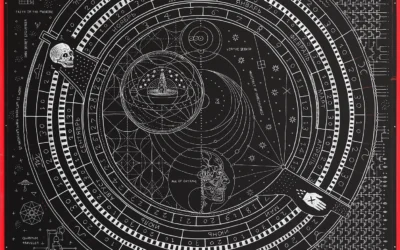

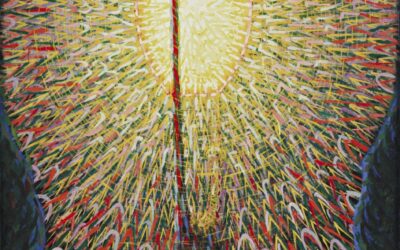

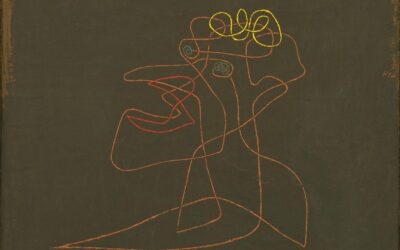
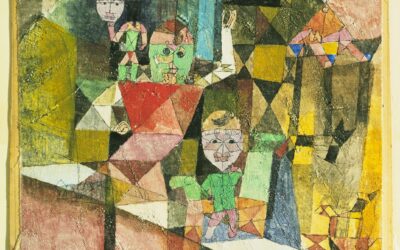

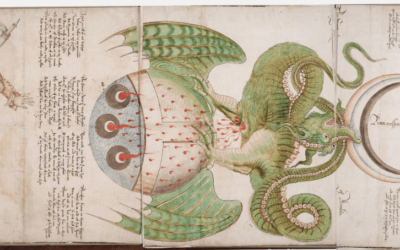
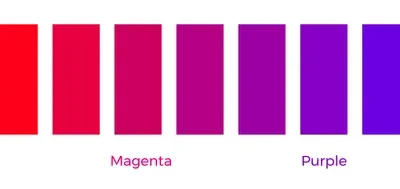
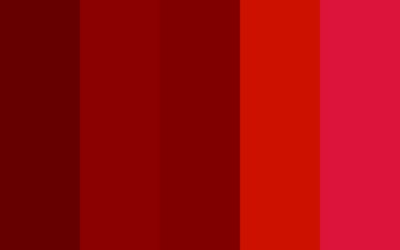
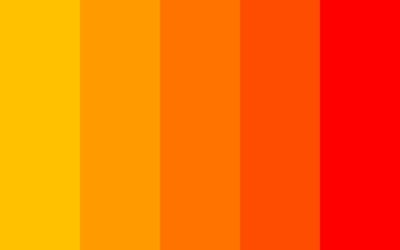
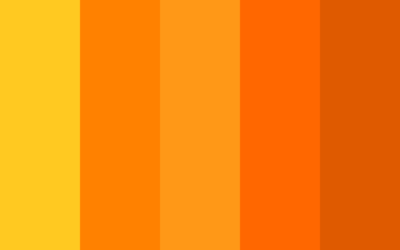
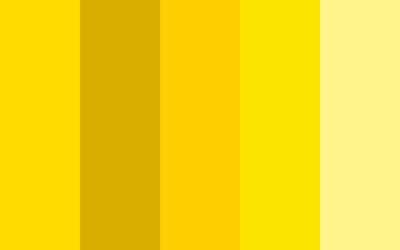




0 Comments